Human Fas Ligand/TNFSF6 ELISA Kit
$299.00 – $419.00
ELISA Kit Detail Information
| Related Target | |
|---|---|
| Species | human |
| Sample Type | Serum, plasma, cell culture supernatant, and other biological samples |
| Sample Volume | Serum, plasma: 50 μL, cell culture supernatant: 100 μL |
| Sensitivity | 3.42 pg/mL |
| Array Range | 15.63 pg/mL – 2000 pg/mL |
| Assay Time | 3.5 h |
| Recovery | 87% – 107% |
| Average Recovery | 97% |
| Intra Precision | 3.0% – 4.2% |
| Inter Precision | 3.9% – 6.2% |
| Plate | Detachable 96-well plate |
| Storage | If the reagent kit is unopened, it should be stored at 4℃. However, if it has been opened, the standard solution should be stored at -20℃, while the other components should be stored at 4℃. |
| Delivery | 4℃ blue ice transportation |
| Components | 96-well polystyrene enzyme-linked immunosorbent assay (ELISA) plate coated with anti-Human Fas Ligand monoclonal antibody Human Fas Ligand freeze-dried standard Fas Ligand detect Antibody Standard Diluent Assay Buffer(10×) Substrate TMB Stop Solution Washing Buffer(20×) Sealing Film |
| Assay Principle | This kit utilizes the double antibody sandwich enzyme-linked immunosorbent assay (ELISA) detection technique.Specific anti-human Fas Ligand antibodies are precoated on a high-affinity ELISA plate. Standard samples, test samples, and biotinylated detection antibodies are added to the wells of the ELISA plate. After incubation, Fas Ligand present in the samples binds to the solid-phase antibodies and the detection antibodies. After washing to remove unbound substances, streptavidin-HRP labeled with horseradish peroxidase is added. After washing, a colorimetric substrate, TMB, is added and the plate is incubated in the dark for color development. The intensity of the color reaction is directly proportional to the concentration of Fas Ligand in the samples.A stop solution is added to terminate the reaction, and the absorbance value is measured at a wavelength of 450 nm (with a reference wavelength range of 570-630 nm). |
Related Targets
FASLG
FASLG Target Infomation Overview
- Target Symbol: FASLG, Fas ligand
- Gene Groups: CD molecules; Tumor necrosis factor superfamily; Death inducing signaling complex
- Alias: FasL; CD178
- Previous Names: APT1LG1; TNFSF6
- Alias Names: tumor necrosis factor (ligand) superfamily, member 6; Fas ligand (TNF superfamily, member 6)
FASLG, Fas ligand Target Infomation by Species
- Human
- Mouse
- Rat
Human FASLG Target Information
- Target Symbol: FASLG, Fas ligand
- Alias:
- ALPS1B
- apoptosis (APO-1) antigen ligand 1
- apoptosis antigen ligand
- APT1LG1
- APTL
- CD178
- CD95 ligand
- CD95-L
- CD95L
- fas antigen ligand
- Fas ligand (TNF superfamily, member 6)
- FASL
- mutant tumor necrosis factor family member 6
- TNFSF6
- TNLG1A
- tumor necrosis factor (ligand) superfamily, member 6
- tumor necrosis factor ligand 1A
- tumor necrosis factor ligand superfamily member 6
- NCBI_Gene: 356
- UniProtKB: P48023
Human FASLG Predicted Functions
Predicted to enable signaling receptor binding activity. Involved in several processes, including necroptotic signaling pathway; positive regulation of endothelial cell apoptotic process; and positive regulation of phosphatidylserine exposure on apoptotic cell surface. Acts upstream of or within extrinsic apoptotic signaling pathway via death domain receptors; positive regulation of apoptotic process; and release of sequestered calcium ion into cytosol by endoplasmic reticulum. Located in extracellular exosome; nucleus; and plasma membrane. Implicated in several diseases, including cholangiocarcinoma; chronic myeloid leukemia; pancreatic cancer (multiple); pre-eclampsia (multiple); and type 2 diabetes mellitus. Biomarker of several diseases, including bone marrow cancer (multiple); carcinoma (multiple); cervix uteri carcinoma in situ; clonorchiasis; and neurodegenerative disease (multiple).
Mouse Fasl Target Information
- Target Symbol: Fasl, Fas ligand (TNF superfamily, member 6)
- Alias:
- APT1LG1
- CD178
- CD95L
- Fas antigen ligand
- Fas-L
- generalized lymphoproliferative disease
- gld
- Tnfsf6
- tumor necrosis factor (ligand) superfamily, member 6
- NCBI_Gene: 14103
Mouse Fasl Predicted Functions
Predicted to enable death receptor binding activity and tumor necrosis factor receptor binding activity. Acts upstream of or within extrinsic apoptotic signaling pathway via death domain receptors and retinal cell programmed cell death. Located in external side of plasma membrane. Is expressed in several structures, including alimentary system; brain; hemolymphoid system gland; reproductive system; and trophectoderm. Used to study autoimmune lymphoproliferative syndrome and type 1 diabetes mellitus. Human ortholog(s) of this gene implicated in several diseases, including cholangiocarcinoma; chronic myeloid leukemia; diabetes mellitus (multiple); pancreatic cancer (multiple); and pre-eclampsia (multiple). Orthologous to human FASLG (Fas ligand).
Rat Faslg Target Information
- Target Symbol: Faslg, Fas ligand
- Alias:
- apoptosis (APO-1) antigen ligand 1 (Fas antigen ligand)
- Apt1Lg1
- CD95 ligand
- CD95-L
- CD95L protein
- Fas antigen ligand
- Fas ligand (TNF superfamily, member 6)
- Fasl
- Tnfsf6
- Tnlg1a
- Tumor necrosis factor (ligand) superfamily member 6 (apoptosis (APO-1) antigen ligand 1) (Fas antigen ligand)
- tumor necrosis factor (ligand) superfamily, member 6
- Tumor necrosis factor (ligand) superfamily, member 6 (apoptosis (APO-1) antigen ligand 1) (Fas antigen ligand)
- tumor necrosis factor ligand 1a
- tumor necrosis factor ligand superfamily member 6
- NCBI_Gene: 25385
Rat Faslg Predicted Functions
Enables death receptor binding activity and tumor necrosis factor receptor binding activity. Involved in several processes, including cellular ion homeostasis; cellular response to interferon-gamma; and extrinsic apoptotic signaling pathway via death domain receptors. Located in caveola; cytoplasmic vesicle; and perinuclear region of cytoplasm. Used to study brain glioma; substance-related disorder; and type 1 diabetes mellitus. Biomarker of several diseases, including artery disease (multiple); chronic obstructive pulmonary disease; gastric ulcer; liver disease (multiple); and ulcerative colitis. Human ortholog(s) of this gene implicated in several diseases, including cholangiocarcinoma; chronic myeloid leukemia; diabetes mellitus (multiple); pancreatic cancer (multiple); and pre-eclampsia (multiple). Orthologous to human FASLG (Fas ligand).

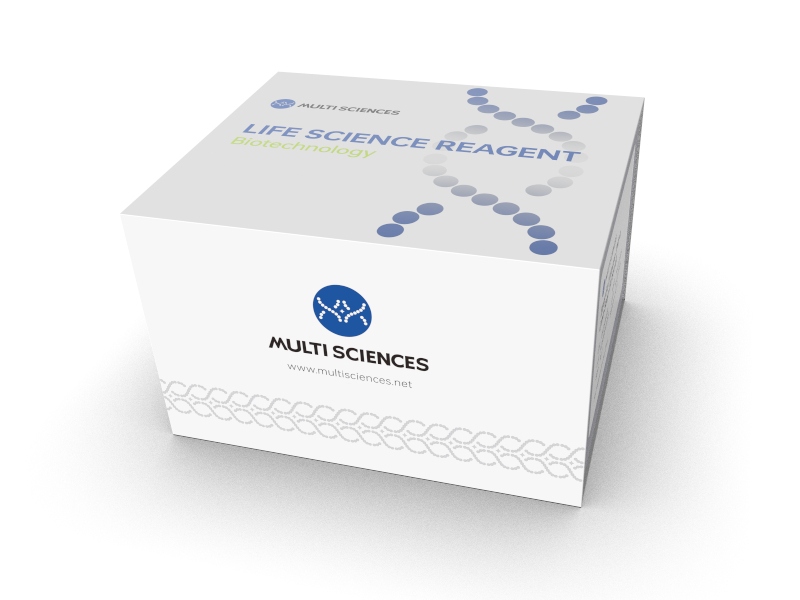
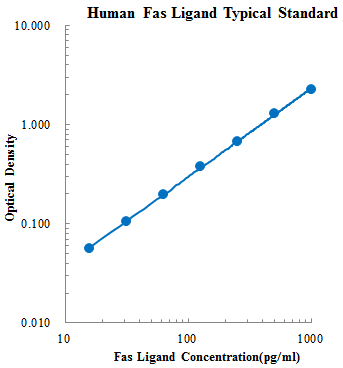
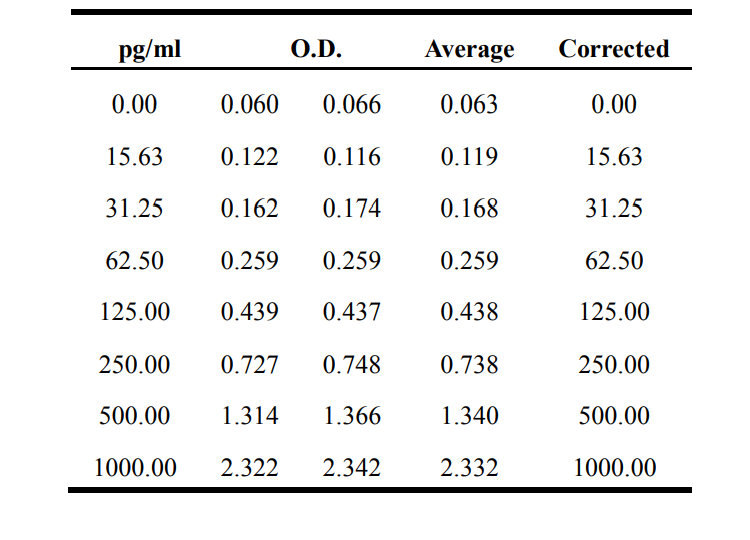

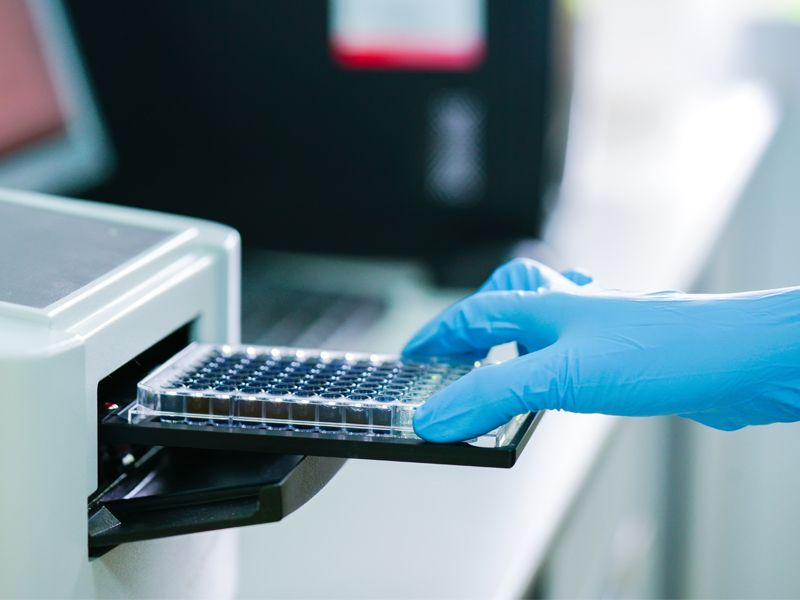
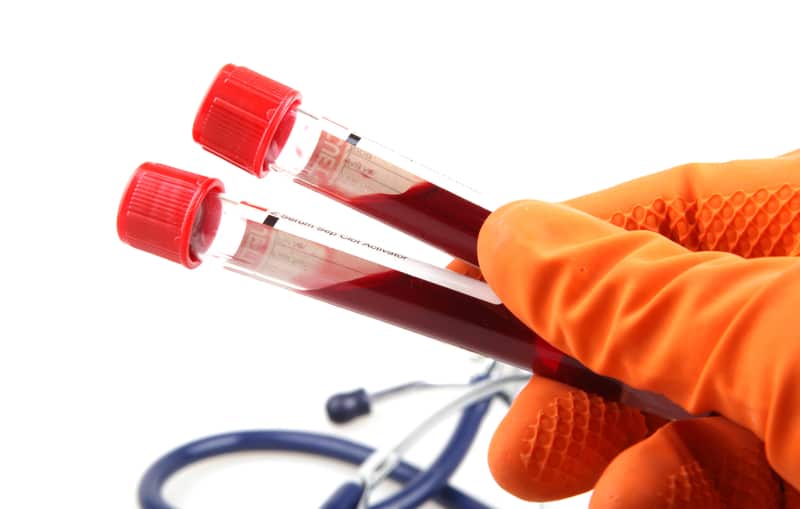
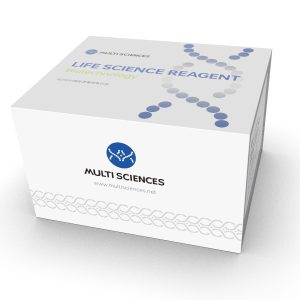
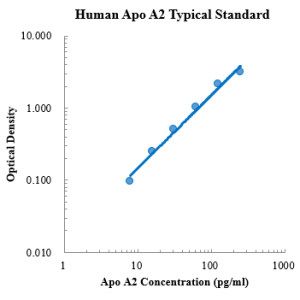
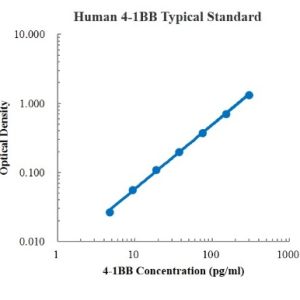
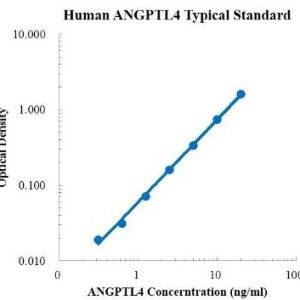
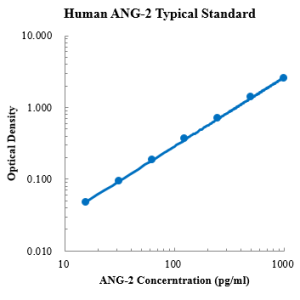
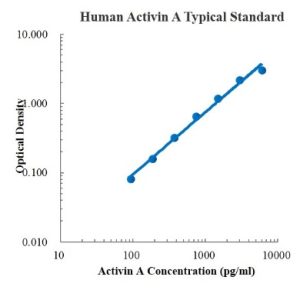
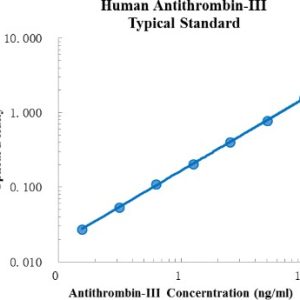
Reviews
There are no reviews yet.